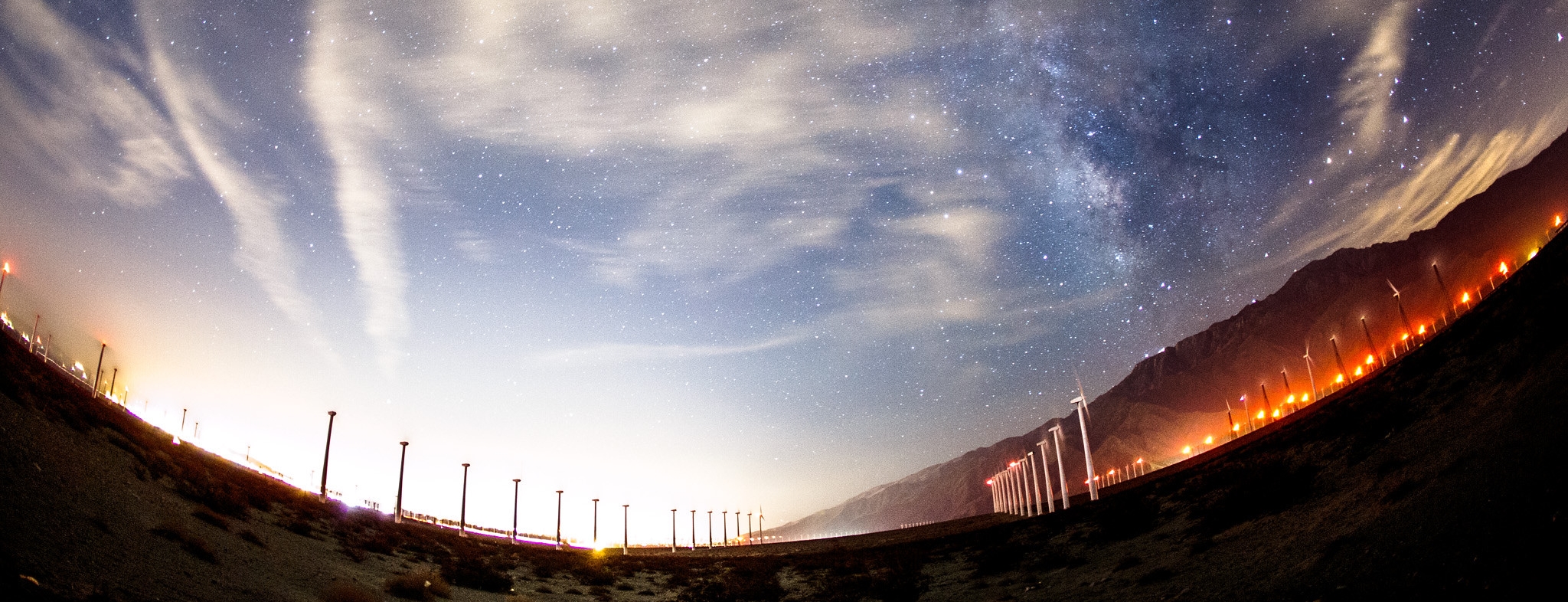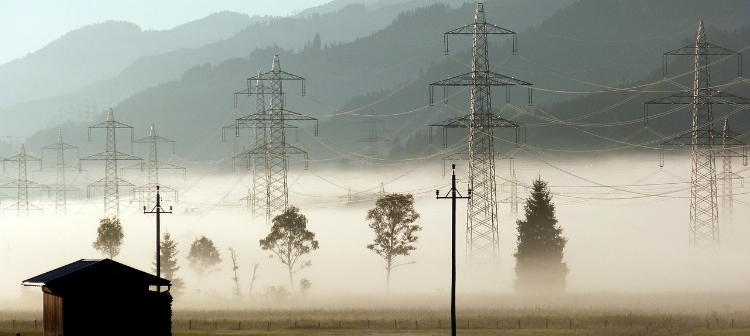
Advanced energy makes news, and 2015 was proof of that. From American offshore wind finally breaking water to energy storage gigafactories to fundamental changes in the way utilities make money, businesses big and small had impact on the way the world generates and uses energy. In fact, it’s not easy to pick the top stories of the year. That said, here is the first five of our top 10 for 2015. Be sure to tune in next week for the other five. Then get ready for 2016, which we are sure will be another news-filled year for advanced energy!
1. Steel in the Water for American Offshore Wind
Offshore wind has had a long row to hoe in the U.S., and 2015 started on a sour note. In January, Cape Wind, the Massachusetts project with a decade’s worth of challenges and opportunities (not to mention lawsuits) suffered a major blow when utilities National Grid and Northeast Utilities pulled out of their contracts to buy the wind farm’s energy. The utilities pulled the plug because Cape Wind failed to close financing for construction by the end of 2014, although Jim Gordon claimed it was the “unprecedented, and unrelenting” legal challenges from opponents that made it impossible to do so.
In March, however, a new breeze brought new hope for American offshore wind. Rhode Island’s Deepwater Wind raised the finances necessary to begin construction, with CEO Jeff Grybowski promising “steel in the water this summer.” And in July we saw that wasn’t just a lot of hot air as construction began off the coast of Rhode Island.
Plans are in the works for additional installations off the coast of New Jersey (although that one has run into legal problems of its own), as well as Hawaii, Virginia, and another proposed Massachusetts project from Dong Energy, the world’s leading developer of offshore wind.

2. Energy Storage Changes the Game
Energy storage is one of the fastest-growing segments of the advanced energy economy, and for good reason. The industry got a jump-start in 2013 when California’s Public Utility Commission adopted the nation’s first energy storage mandate, and has been growing, both in capacity and worth, ever since.
In April, the New York Times posted a science feature on the growing partnership between renewable energy and batteries, declaring that between installation of rooftop solar systems whose owners could benefit from on-site storage and mass production of lithium-ion cells, batteries are “set to play a significant part in the nation’s power supply.”
Just how significant? It depends who you ask. Utilities are installing energy storage at a rate never before seen: Pacific Gas & Electric closed on 74 MW of storage projects, and Duke Energy installed a 4 MW project in a retired coal power plant in Ohio. What’s more, in May Elon Musk made energy storage cool with the release of his home-sized battery Powerwall, which sold out through next summer as soon as they launched. This, of course, led some commentators to smirk that the energy storage revolution wasn’t actually all it was cracked up to be, saying that although pairing home batteries with rooftop solar “makes deeply intuitive sense, it doesn’t yet make financial sense.” But, as Musk pointed out, “That doesn’t mean people won’t buy it.” (Leave it to Musk to pair blind optimism with blunt reality.)
Solar-plus-storage as a reliable and long-term energy solution is coming, though, and it might just change the game. The grid of the future is one of “nodes and connections,” with both upload and download capacity

3. Renewables Reaching Grid Parity
The price of renewable energy is falling, and that’s good news for utilities looking for new long-term generation capacity with no need for fuel. The cost of advanced energy is steadily falling, while the cost of non-advanced energy resources remains volatile. It’s a trend we’ve tracked for a couple years: in October 2013, Xcel Energy submitted plans to the Colorado Public Utility Commission to buy electricity generated by wind – simply because it was the cheapest option available. Lawrence Berkeley National Lab recently reported that the price of wind power in PPAs signed in 2014 averaged just 2.35 cents per kWh. That trend continued in October with Xcel Energy again choosing wind, and CEO Ben Fowke saying the company plans to add about 800 MW of wind capacity over the next five years. “Wind is becoming pretty close to parity,” he said. It’s not just utility-scale installations, either: Residential solar has reached “socket parity” with power from the grid in many states. So, is the end really nigh for fossil fuels, as suggested by Bloomberg? Nah, it’s just that the future is advanced energy.

4. Reforming Utilities, State by State
As more and more advanced energy is integrated into the grid, and the concept of a grid based on nodes and connections reaches further, utilities are reforming, either because they choose to get ahead of the curve, or because of policies requiring them to do so. Earlier this year, we tried to explain exactly how utilities make money, but even then, that was changing around us. As Utility Dive reported in its State of the Electric Utility 2015, “While utility executives know they need to change the old models, they’re just not sure about the best way to do it.” The Solar Electric Power Association tried to help out by asking utilities and other stakeholders to build an electrical grid for an imaginary 51st state from scratch, which led to some interesting results.
In many states, there is no need to imagine. In New York, the Public Service Commission’s Reforming the Energy Vision proceeding is moving to turn utilities into distributed system platform managers. Elsewhere, policies such as software-as-a-service, time varying rates, and demand response have been changing how utilities do business. There have also been several attempts – some successful – at utility mergers, which challenge people on both sides of the socket to think about how utilities benefit from economies of scale and what it means for consumers.

5. Electric Vehicles Steal the Show everywhere
Electric vehicles started the year off with a bang (or the absence of one, given the non-internal combustion engine) by stealing the show at the Consumer Electronics Show and the Detroit Auto Show as major car companies pulled out all the stops demonstrating their new EV models.
Tesla continued to wrestle with state legislatures over direct vehicle sales, winning the right to sell their cars in New Jersey and Georgia… but not West Virginia. It doesn’t seem to be slowing the company down any. Consumer Reports ranked the Tesla all-wheel drive Model S P85D at 103 out of a possible 100 points, because the power and efficiency of the model was “so off-the-chart” that it broke the chart itself. “Once you start getting so ridiculously fast, so ridiculously energy efficient, it didn’t make sense to go linear on those terms anymore,” said Jake Fisher, head of automotive testing for Consumer Reports. Tesla closed out the year with announcement of autopilot technology, not yet available to the public.
Is there anything the Tesla can’t do? Well, it can’t sell directly to consumers in Texas or West Virginia, and in March it did lose a race with a Ferrari. But when a major news outlet like the New York Times reports on recharge rage rather than range anxiety, Tesla and other EV makers are finding themselves with some good problems to have.
Don't miss Part 2 of the Top Ten! Make sure to sign up for AEE Weekly below.
